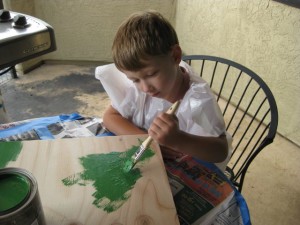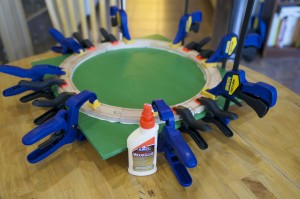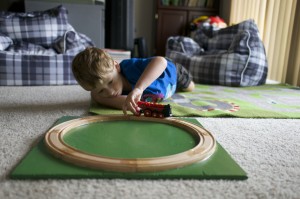Clark continues to eat and drink in great quantities, and isn’t showing any signs of mucisitis. His numbers are at rock bottom and he is susceptible to just about anything, so we are just very lucky that he is in great spirits, eating, and not losing any hair! In fact, his weight just returned to his admittance weight. Go Clark!
Clark had a fun day with Grandmom and Daddy today. Grandmom came out to see Clark while Connor spent the day with Beth. Clark played on the bed, work on puzzles and had books read to him. He was delighted to have a change of pace and someone new to play with.
 Beth and Connor spent some extra special time together today. The UCSF Benihoff Children’s hospital is 3 blocks from Golden Gate park. And it is only a 20 minute walk to a lot of the attractions for kids that are in the park.
Beth and Connor spent some extra special time together today. The UCSF Benihoff Children’s hospital is 3 blocks from Golden Gate park. And it is only a 20 minute walk to a lot of the attractions for kids that are in the park.
Today, Connor got to ride on the Carousel, and visit the California Academy of Science.
The Academy is a “hands-on” museum with tons of exhibits for all ages. They have some pretty cool attractions. One of cooler ones is the “shake house“! This is a simulator that lets you feel what 2 historical earthquakes feel like. The two earthquakes it simulates are the 1989 Loma Prieta (6.9 on the Richter scale), and the great San Francisco earthquake of 1906 (7.9 on the Richter scale). After our 6.0 Earthquake in Napa Valley a week ago, Connor has been very interested in earthquakes.
This visit to the Academy was especially exciting for Connor. He has been persistently asking his Mom and Dad for an opportunity to see dinosaur bones. Sure enough, as soon as they walked in the door, what to Connor’s wondering eyes should appear?

A full size tyrannosaurs Rex skeleton! His facial expression says it all:
Happiest.
Boy.
On.
Earth.

















